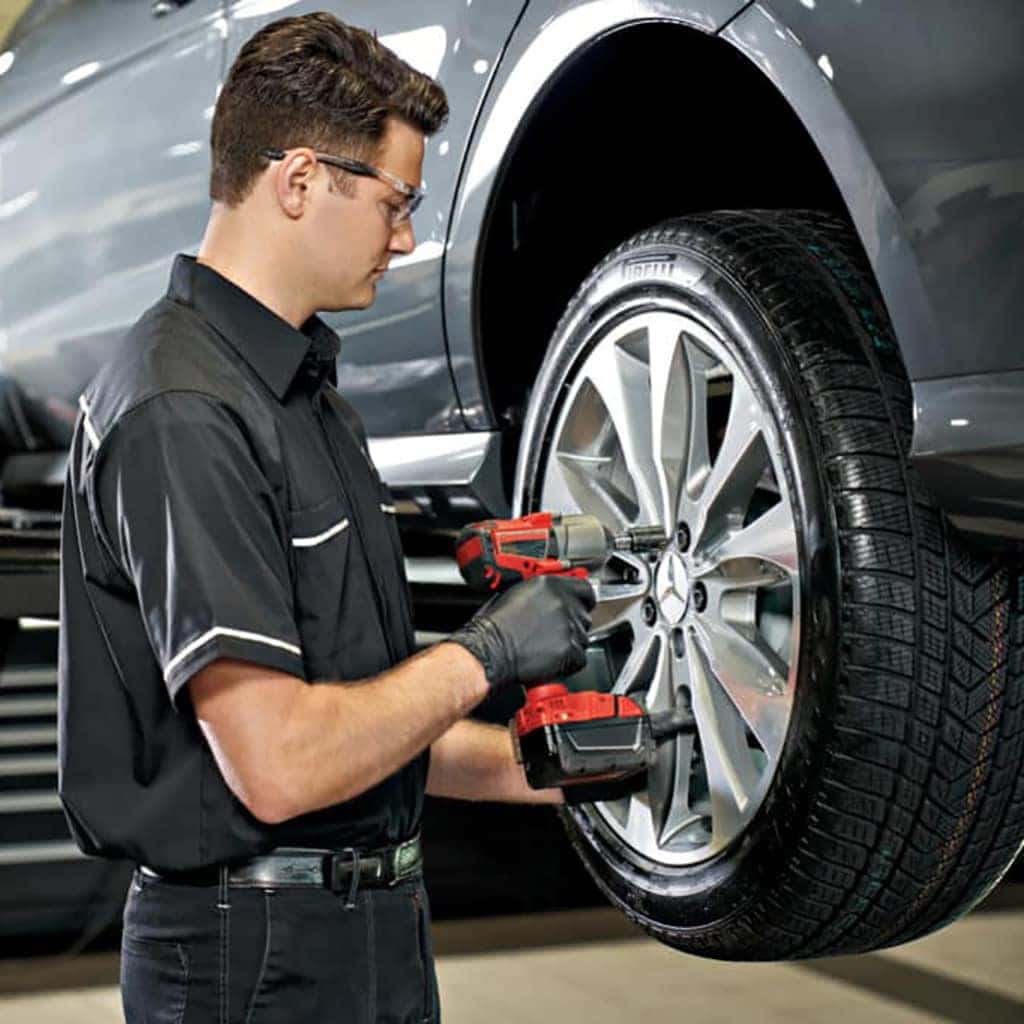Tire Solution: The Effect of Climate Problems
When it comes to making certain optimum efficiency and security on the roadway, understanding the impact of weather condition conditions on tire solution is important. GMC Tire Service. In this conversation, we will explore the intricate partnership between climate problems and tire service, losing light on the importance of weather-specific tire upkeep practices and considerations.
Warm and Tire Efficiency
When revealed to high temperatures, tires experience changes in performance that can dramatically affect automobile security and handling. The warm created from prolonged driving or warm climate problems creates the tire rubber to soften, leading to minimized step life and raised wear.

Cold Climate Results
Cold climate conditions can have a substantial effect on tire performance and safety. As temperatures drop, tire rubber can solidify, leading to lowered traction on icy or snow-covered roads. In cold weather condition, tires might also shed atmospheric pressure much more swiftly, which can influence managing and gas efficiency. In addition, cold temperature levels can trigger tire sidewalls to tense, increasing the danger of damages from craters or various other road risks.
To reduce the impacts of cold weather on tires, it is essential to frequently check tire pressure and inflate them to the manufacturer's suggested degrees. Making use of wintertime or all-season tires developed for winter conditions can also enhance traction and grip on icy or snowy roadways. Appropriate tire upkeep, including normal assessments for wear and damages, comes to be a lot more important throughout cooler months to make certain ideal efficiency and safety and security.
Rainy Issues Influence
Tires with damaged footsteps are more prone to hydroplaning, where a layer of water constructs up in between the roadway and the tire surface area, leading to loss of traction. To combat this, motorists need to on a regular basis inspect their tires for adequate walk deepness and consider spending in tires specifically designed for wet problems.
Furthermore, wet weather condition can additionally decrease exposure, making it challenging for chauffeurs to see the road in advance clearly (GMC Tire Service). In such conditions, it is crucial to change driving rates appropriately and keep a safe complying with range to enable abrupt stops. Properly filled with air tires can likewise aid in maintaining control on wet roads by offering better handling and grip
Snow and Tire Safety And Security
Snow-covered roads posture special challenges for vehicle drivers, emphasizing the relevance of appropriate tire choice and upkeep. When driving in snowy conditions, having the right tires can make a considerable distinction in safety and security and efficiency. Winter tires are developed with special rubber compounds and step patterns to give much better grip Full Report on snow useful source and ice compared to all-season tires. The deeper footsteps and sipes of winter months tires aid grasp the roadway better, lowering the threat of slipping and moving.

Moreover, chauffeurs should think about setting up tire chains in extreme snowy problems. Tire chains offer added traction by clutching the snow and ice, enhancing stability and control. It is crucial to follow producer guidelines when mounting and utilizing tire chains to avoid damages to the tires and vehicle (GMC Tire Service). By choosing the right tires, keeping appropriate inflation, and considering additional traction aids like tire chains, drivers can boost their safety and security when browsing snow-covered roads.
Weather-Related Tire Maintenance
When confronted with various climate problems, appropriate tire maintenance ends up being a vital aspect of Get More Info automobile safety and security and performance. Weather-related tire upkeep incorporates a range of methods aimed at ensuring optimum tire function and longevity in different weather circumstances. One vital facet of weather-related tire maintenance is tire pressure regulation. Changing temperature levels can cause tire pressure to differ, influencing grip and gas performance. Routinely checking and adjusting tire stress according to supplier recommendations is vital for safe driving in changing weather. In addition, tire tread deepness plays a considerable function in handling different climate elements. Tires with sufficient walk deepness supply much better grasp on damp or icy roads, minimizing the risk of skidding or hydroplaning. When step wear gets to a certain deepness is important for maintaining grip and stability in adverse weather condition, examining tire tread consistently and replacing tires. By prioritizing weather-related tire upkeep, vehicle drivers can boost safety, boost automobile efficiency, and extend the life-span of their tires.
Final Thought
In final thought, climate conditions have a significant impact on tire efficiency and safety. From warm influencing tire pressure and use to cold weather condition lowering traction, it is crucial to take into consideration the weather condition when maintaining and using tires.
In this conversation, we will explore the complex connection between climate problems and tire service, dropping light on the importance of weather-specific tire maintenance methods and considerations.
